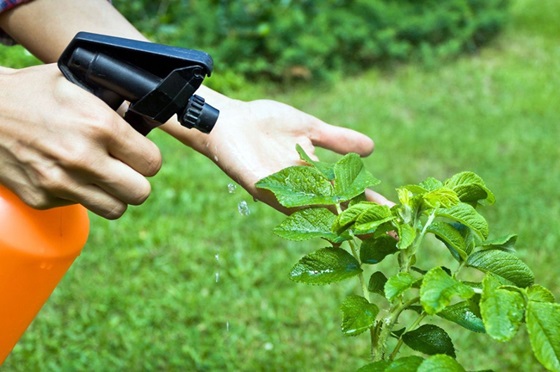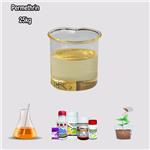What is the Difference between Pyrethrin and Permethrin?
Both pyrethrin and permethrin are insecticides. In this article, we will explore the distinctions in their sources, properties, applications, and safety profiles.

Source
Pyrethrin is extracted from Chrysanthemum flowers (pyrethrum). Discovered in 1855, it has been utilized as an insecticide since then. Pyrethrins function by allosterically opening sodium channels in insects' nervous systems. This action leads to excessive stimulation of the insect's neural and neuromuscular junctions, resulting in paralysis and eventual death. Pyrethrins are considered safe for mammals as they selectively open sodium channels in insects, without affecting mammalian sodium channels or those of plant-derived pyrethroids.
In contrast, permethrin is a synthetic insecticide belonging to the pyrethroid class. Unlike pyrethrins, permethrin exhibits higher toxicity as it acts on sodium channels in mammals as well.
Properties and Safety
Pyrethrin
Pyrethrins exhibit low toxicity in mammals. Studies on rats have shown no significant signs of intoxication or alterations in blood chemistry upon exposure to pyrethrin. Key properties of pyrethrin include:
1 Rapid degradation by sunlight and air.
2 Increased toxicity when combined with chemicals such as sulfur or formaldehyde.
3 Minimal toxicity to humans, although high doses may cause skin irritation.
4 Dogs administered with 0.5ml of pyrethrin showed no signs of toxicity.
Permethrin
Permethrins pose higher toxicity compared to pyrethrins, as they affect mammalian sodium channels, posing risks to both humans and animals. Acute poisoning from permethrin exposure can lead to symptoms like tremors, convulsions, paralysis, and potentially fatal outcomes.
Unlike pyrethrins, permethrin is not susceptible to degradation by sunlight or air due to its synthetic nature. Human exposure to permethrins primarily occurs through contact with treated clothing or other products containing the insecticide.
Application
Pyrethrin
Pyrethrins exhibit low toxicity in humans and can be safely applied to the skin without adverse effects. Common applications of pyrethrins include:
1 Insecticide Use: Derived from natural sources like Chrysanthemum flowers, pyrethrins boast minimal toxicity to mammals.
2 Treatment for Lice and Scabies: Pyrethrins are predominantly utilized in human treatment regimens against lice and scabies infestations.
Permethrin
Primarily employed in the treatment of lice and scabies in humans, permethrins also serve various other purposes. These include:
1 Insect Repellent: Permethrin finds widespread use as an insect repellent for clothing, tents, and mosquito nets, offering protection against mosquitoes and ticks.
2 Animal Treatment: Permethrins are topically administered to dogs, cats, and horses to eradicate adult fleas.
You may like
See also
Lastest Price from Permethrin manufacturers

US $0.00-0.00/kg2025-12-11
- CAS:
- 52645-53-1
- Min. Order:
- 25kg
- Purity:
- 95%TC
- Supply Ability:
- 40tons/month

US $2.00/L2025-09-28
- CAS:
- 52645-53-1
- Min. Order:
- 1L
- Purity:
- 99%
- Supply Ability:
- 20KL


